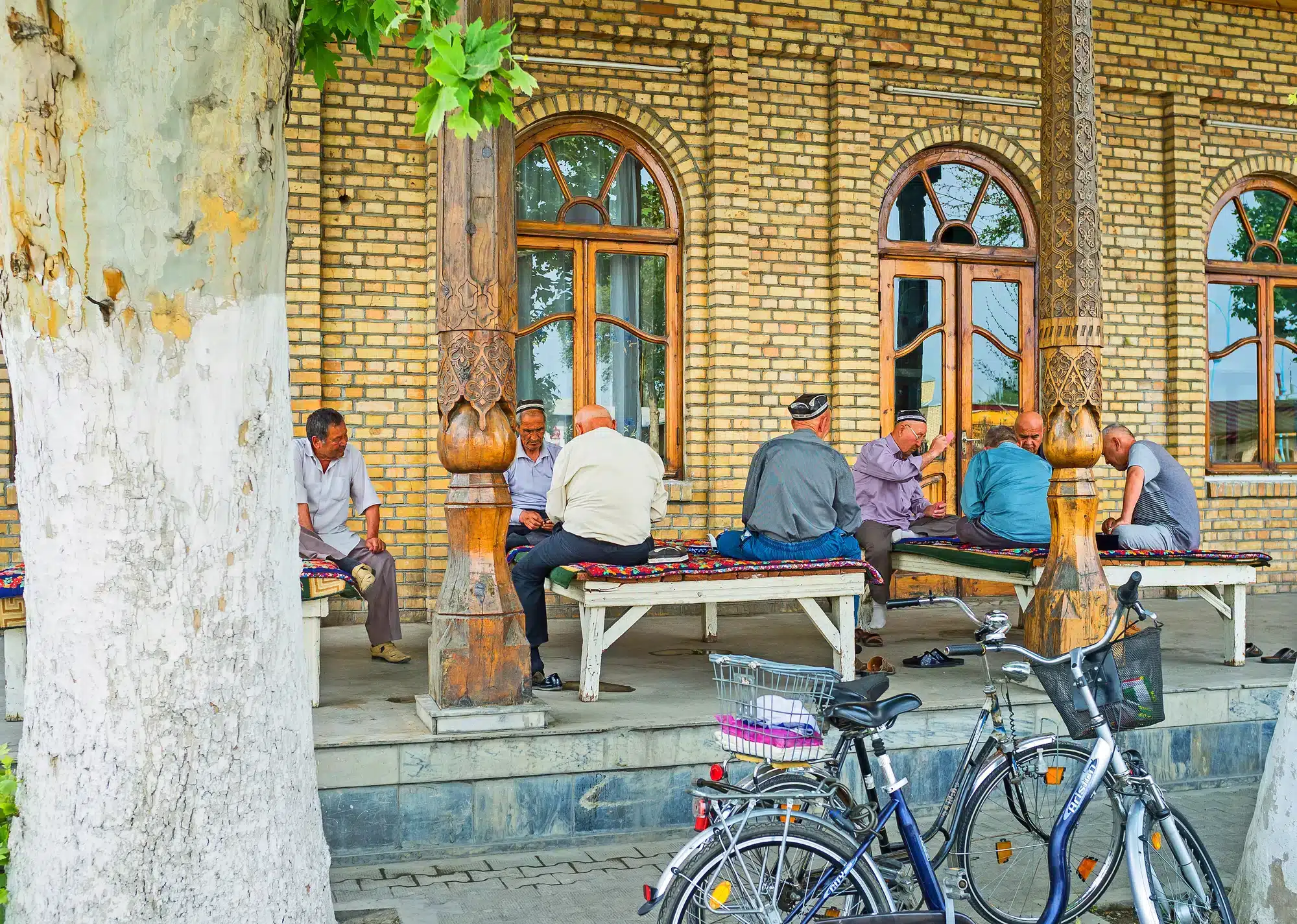Why Uzbekistan Needs Pension System Reform

Calls for reforming Uzbekistan’s pension system are becoming more frequent. The Head of the IMF Office in Uzbekistan, Koba Gvenetadze, has stated that such a move may soon become unavoidable. But is society and the economy prepared for this step? The Centre for Progressive Reforms offers its analysis.
A Complex Question
The issue of raising the retirement age has been actively discussed in Uzbekistan in recent years. This topic requires a carefully considered approach, as it affects both the long-term sustainability of the pension system and social stability in the country.
Demographic Pressure Is Increasing
Demographic data shows rapid population growth. According to the State Committee on Statistics, the resident population increased by nearly 5 mln between 2017 and 2024, reaching 37.5 mln. The annual growth rate is accelerating, reflecting high birth rates and gradually rising life expectancy.
The Population Is Ageing
The age structure of the population continues to shift. The share of those aged 60–64 has risen to 3.8%, and those over 65 now represent 5.6% of the total population. The number of citizens aged 50–59 has also grown significantly, reaching 9%. These figures suggest that the pressure on the Pension Fund will continue to rise.
According to the World Bank, life expectancy in Uzbekistan has increased from 64.9 to 72.4 years over the past 30 years. While this marks significant progress in health and social policy, it also presents a challenge to a pension system based on shorter payment periods.
Financial Pressure on the Pension System
There are growing concerns about the financial position of the state pension system.
Although the Law of the Republic of Uzbekistan No. 938-XII “On State Pension Provision for Citizens”, adopted in 1993, sets the retirement age at 60 for men and 55 for women, recent tax policy changes have created new challenges. Since 2019, the government has reduced social tax rates and abolished social insurance contributions.
At the same time, average and minimum pensions have risen 1.7 and 1.8 times respectively. These developments have significantly increased the Pension Fund’s deficit.
In 2020, the funding gap amounted to UZS 9.1 trillion. By 2024, it had reached UZS 16.3 trillion. Transfers from the state budget now cover up to 34% of this deficit, limiting public spending on other priority areas such as healthcare, education, and infrastructure.
In this context, pension reform is becoming inevitable. The key issue is selecting the most appropriate model.
Lessons from International Experience
International practice suggests that the most effective and socially balanced approach is a gradual increase in the retirement age. Russia and Kazakhstan have both adopted this model.
Since 2019, Russia has been raising the retirement age by six months each year.
Kazakhstan has taken similar steps: by 2031, the retirement age for women will gradually increase to 63.
These reforms have not led to higher unemployment or worsened labour market conditions. On the contrary, they have allowed the labour market to adapt to the new rules.
A Recommendation for Uzbekistan
Taking these examples into account, the Centre for Progressive Reforms recommends a gradual increase in the retirement age in Uzbekistan. The proposal is to raise the retirement age by six months per year, ultimately reaching 60 years for women and 65 years for men.
However, the reform must include support measures for older workers. These should include expanded employment opportunities, retraining programmes, and public awareness campaigns. Only under these conditions can the reform be implemented successfully without increasing social tension.
Part of a Sustainable Development Strategy
Raising the retirement age is not just a fiscal measure. It is part of a broader strategy aimed at ensuring long-term financial sustainability and social fairness.
This reform should align with the national development agenda outlined in Presidential Decree No. UP-60 of January 28, 2022, “On the Strategy for the Development of New Uzbekistan for 2022–2026”.



